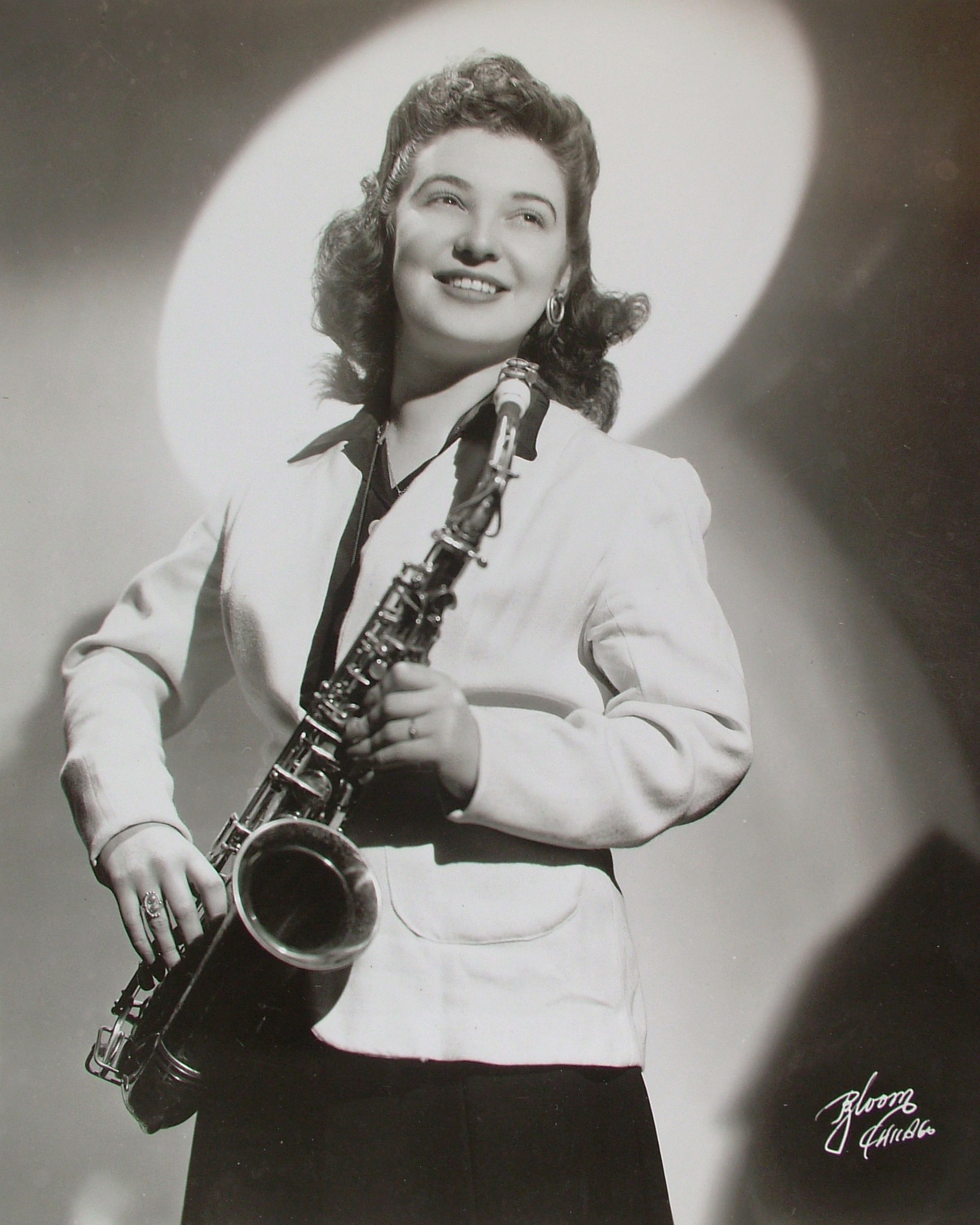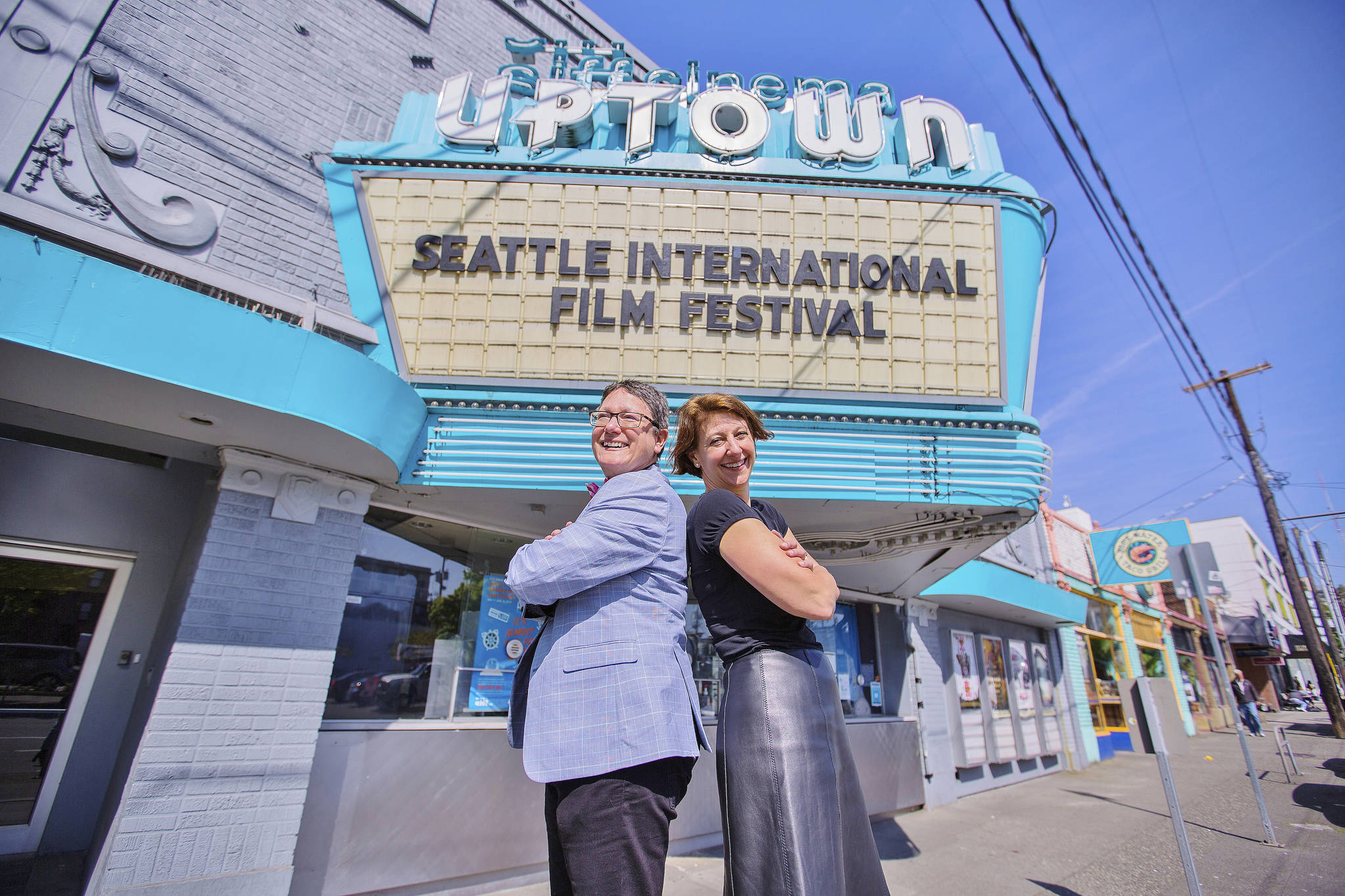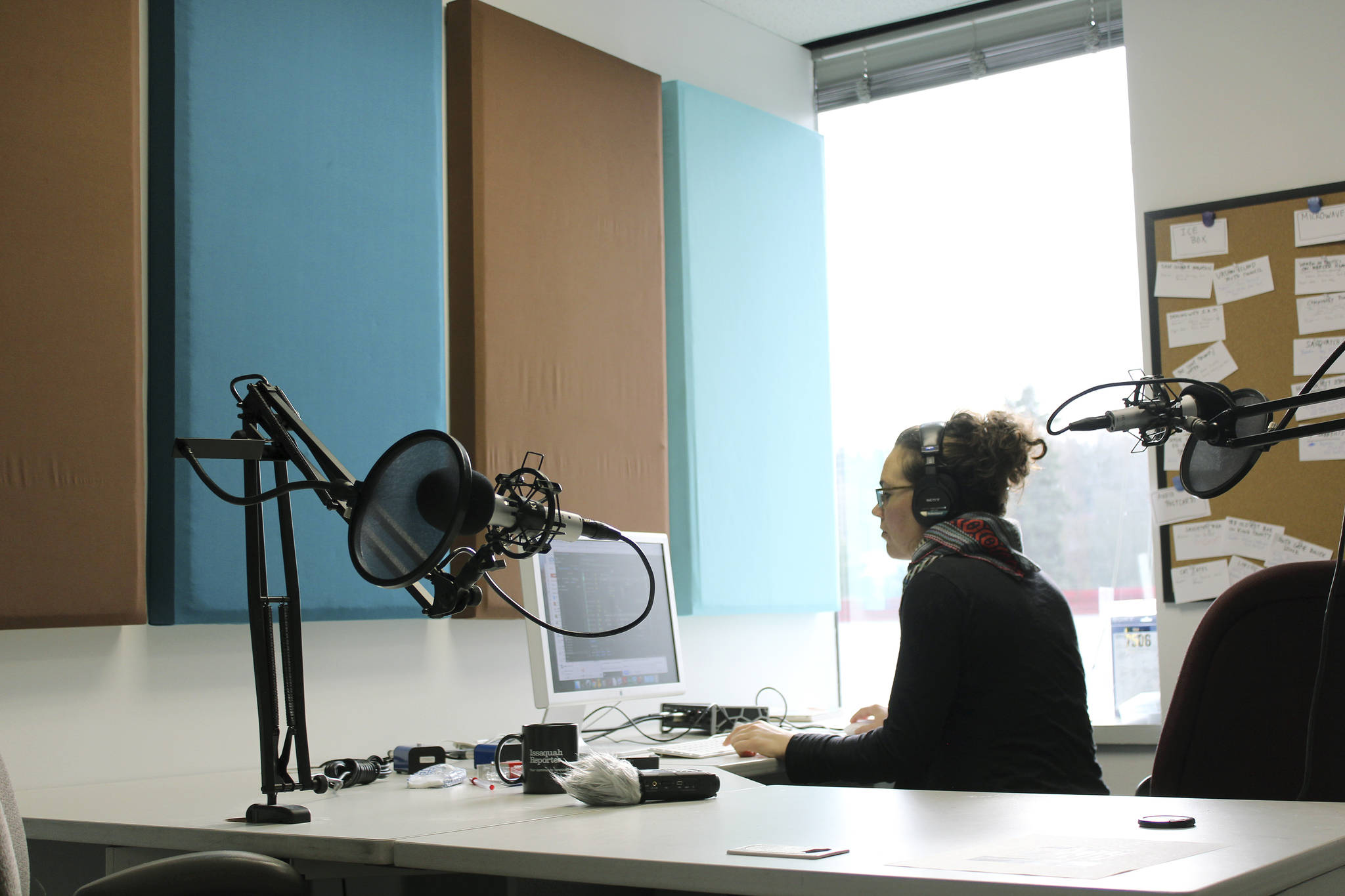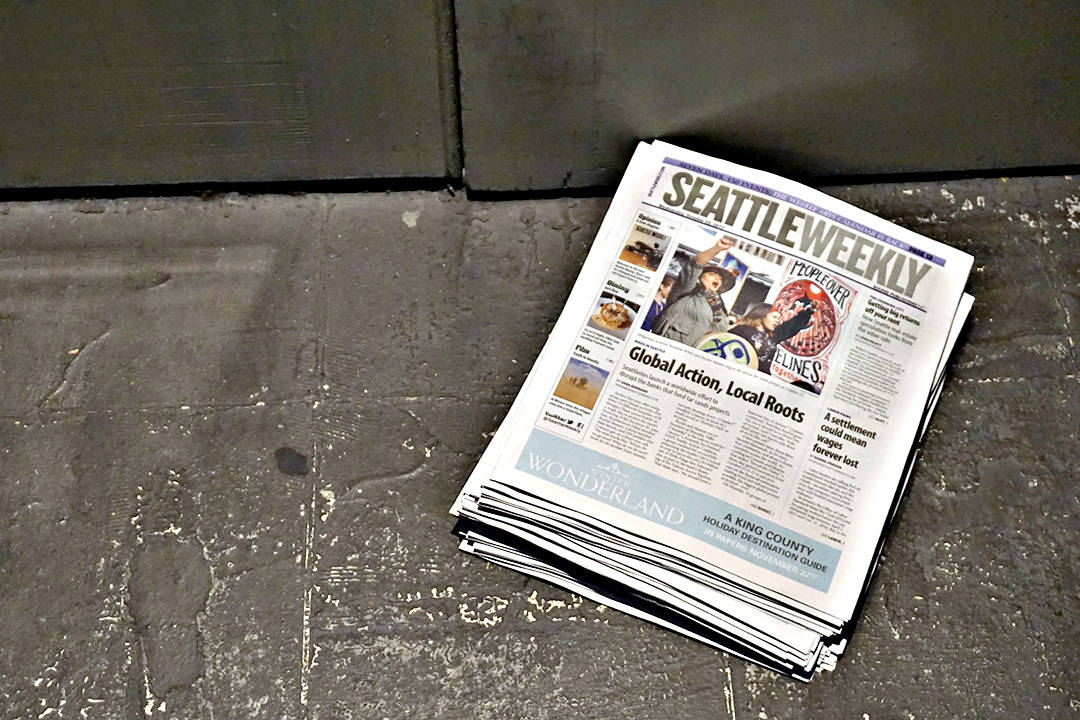The Girls in the Band
Runs Fri., Feb. 14–Thurs., Feb. 20 at Sundance Cinemas. Not rated. 88 minutes.
One of the greatest detriments to American popular music is that it’s traditionally been a boys’ club. Only recently have we seen after-school and summer programs for girls interested in rock ’n’ roll. Yet there’s still an historical misperception that women have only recently picked up indelicate instruments and made a big noise. Judy Chaikin’s documentary thoroughly discredits that fallacy by telling the history of the women who were not content just to watch the big bands that filled American ballrooms through the ’30s and ’40s. Creating their own, these women played trumpet, drums, and sax. And according to Chaikin’s interviewees, supported by archival footage, they could swing just as hard as the men.
It wasn’t easy. Female musicians were considered a novelty in the prewar era, a point driven home by one subject who recalls a memorable female act from her childhood: Siamese twins playing saxophones on roller skates. Unlike the female vocalists up front, women weren’t allowed to play in the big bands led by Benny Goodman and Duke Ellington. Hence the formation of all-female bands, the heart of Chaikin’s doc: groups like Ina Ray Hutton’s Melodears and the International Sweethearts of Rhythm.
These groups were few, though, leaving Chaikin with more anecdotes than an easy, organic narrative. Fortunately for the viewer and these musicians, history intervened: World War II forced men to put down their trumpets and pick up rifles, so women took their chairs. As Chaikin’s subjects tell it, the war was a great time: Their bands were in demand, playing big shows in the U.S. and overseas through the USO. Yet there were compromises, we learn: Musicians were asked to wear pink ruffles, needed to have long hair, and weren’t allowed to wear saddle shoes—lest they be thought lesbians.
The Girls in the Band moves quickly through the postwar decades, from ’60s social unrest to feminism to the continued difficulties (and modest successes) of outstanding solo artists like Mary Lou Williams. Chaikin briefly shines a light on contemporary jazz musicians fighting the same battles as before. Some of these modern artists knew nothing of the bold women who fought to play in the prewar years, since no history was available on the subject. Thanks to Chaikin, now it is.
mbaumgarten@seattleweekly.com








